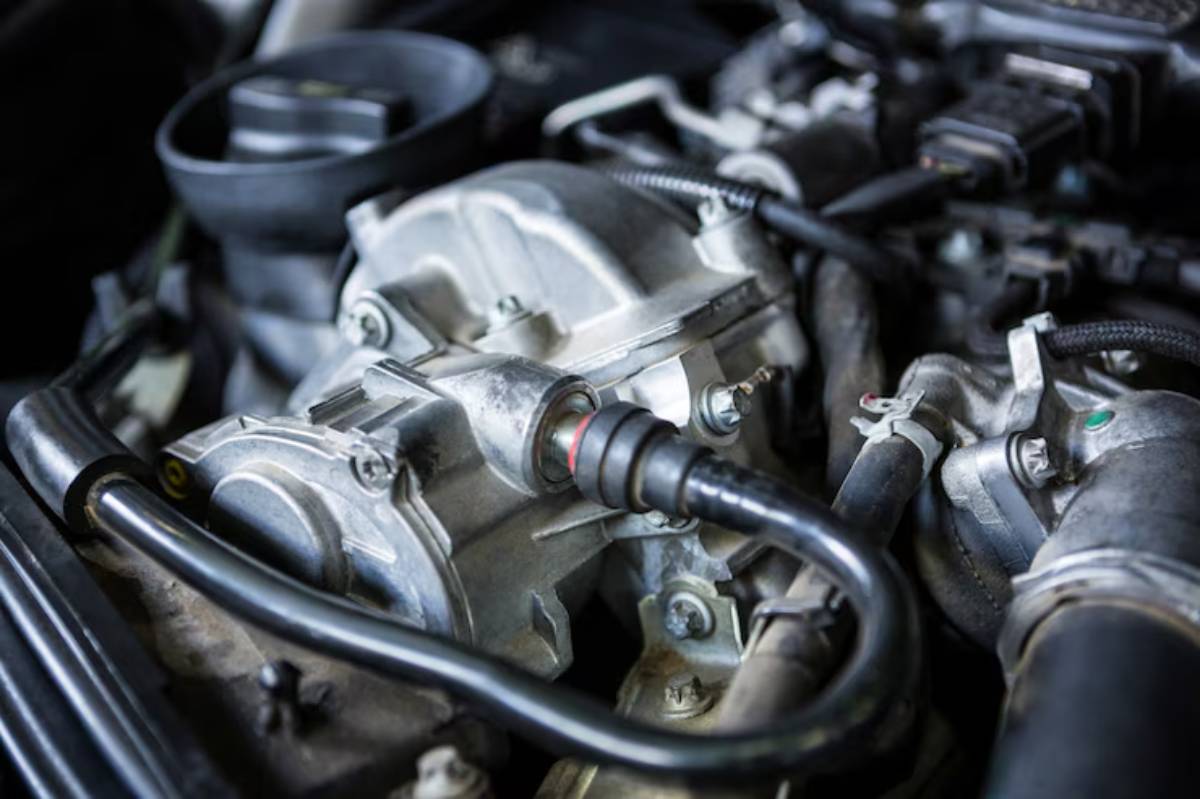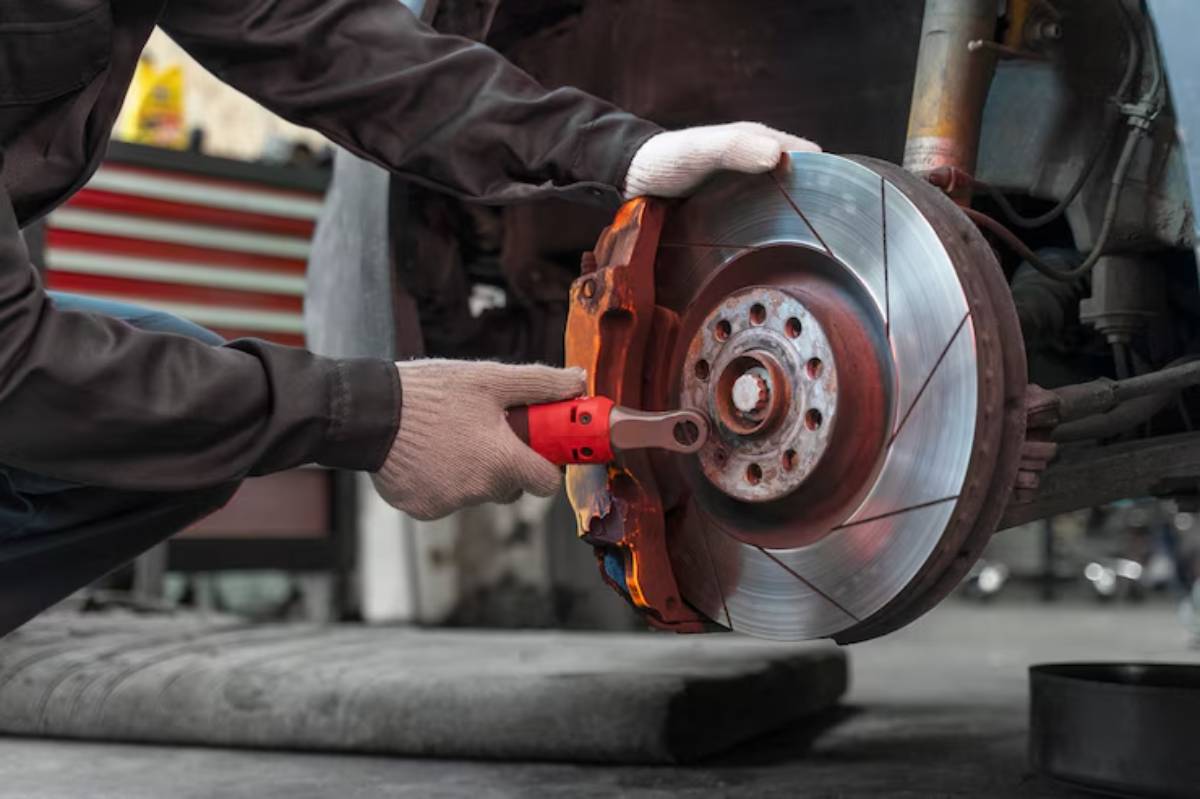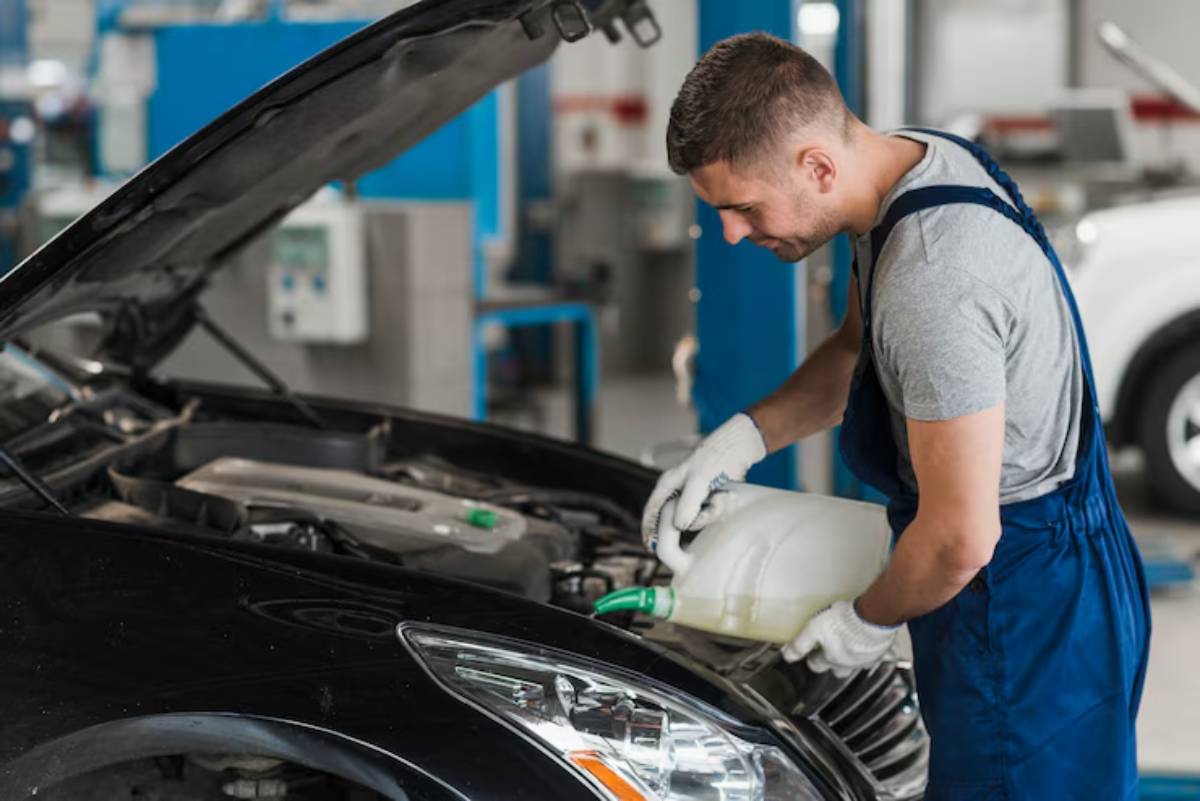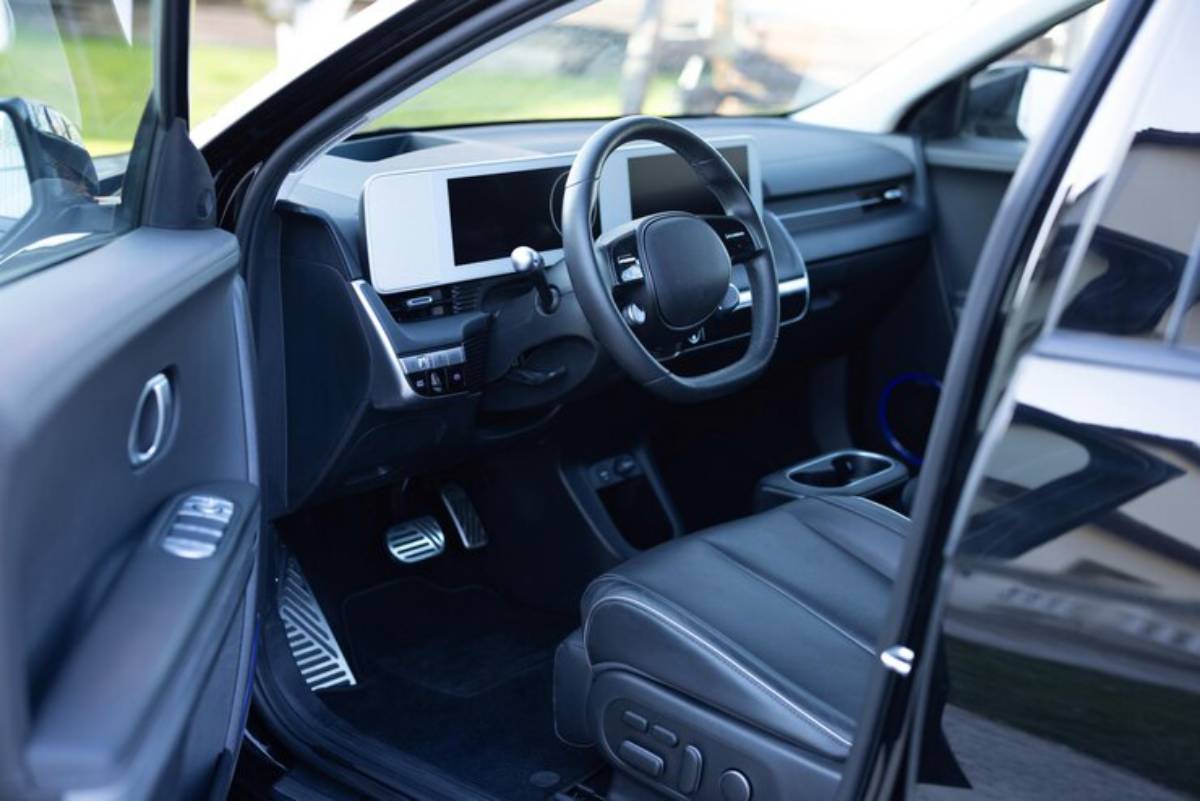
How Hybrid Cars Heat the Cabin Differently
Have you ever jumped into your hybrid on a chilly morning and wondered, “Why isn’t the heater blowing hot air straight away?” You’re not imagining things. Hybrid heater systems work quite differently from those in traditional petrol or diesel vehicles. It’s not just about staying warm — it’s about how efficiently that warmth is delivered.
In hybrids, the heating process has to adapt to different driving modes. Sometimes the engine’s running. Sometimes it’s completely off. Yet your expectations for a cosy, defogged cabin remain the same.
In this blog, we’ll break down exactly how hybrid cars manage cabin warmth. From electric heat sources and coolant loops to energy-saving techniques, you’ll get a clear understanding of what’s happening behind the vents — and how to keep everything working smoothly when the temperature drops.
Why Hybrid Cabin Heating is Uniquely Complex
Conventional Heating: Waste Heat from the Engine
In a regular petrol-powered vehicle, heating the cabin is fairly simple:
- The engine warms up.
- Coolant absorbs engine heat.
- The heater core transfers that heat into the cabin via air vents.
This setup is convenient because internal combustion engines waste a lot of heat, which is recycled to warm the car interior.
Hybrids Don’t Always Generate Waste Heat
Here’s where hybrids throw a curveball. They often:
- Shut the engine off during idle or low-speed driving
- Operate in electric-only mode for short trips
- Prioritise fuel savings by reducing engine runtime
So if the engine’s not on, where’s the heat coming from?
To fill the gap, hybrid vehicles rely on alternative heating systems, which we’ll explore next.
Electric Heating: The Hybrid Solution for Cabin Warmth
1. PTC Heaters: Fast but Energy-Intensive
Many hybrids use PTC (Positive Temperature Coefficient) heaters. These are electric heating elements that warm up quickly and provide heat even when the engine isn’t running.
Advantages:
- Instant heat output
- Works in electric-only driving
Drawbacks:
- High power consumption
- Reduces electric driving range
- It can take a toll on the battery if overused
2. Heat Pump Systems: The Efficient Option
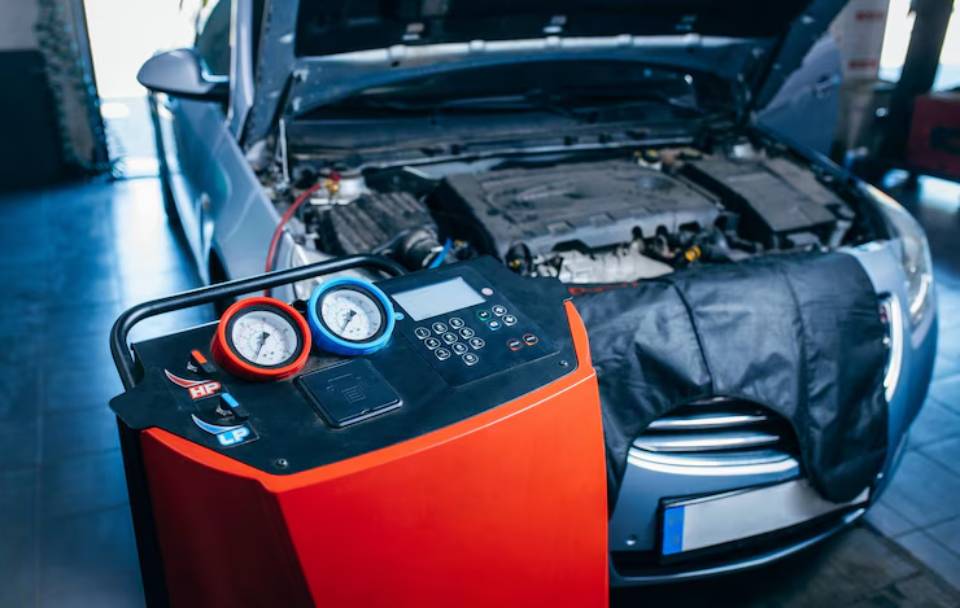
Some newer plug-in hybrids and fully electric vehicles (like the Toyota Prius Plug-in or Hyundai Ioniq) use heat pump systems. These work similarly to air conditioners in reverse.
How they work:
- They extract heat from the outside air (even when cold)
- Compress it using a refrigerant cycle
- Deliver it to the cabin
Benefits:
- Energy efficient
- More sustainable than resistive heating
- Great for maintaining range in EV mode
That said, heat pumps can be less effective in extremely cold conditions and may require backup systems to ensure consistent performance.
Hybrid Heater Systems in Action: A Real-World Example
Let’s say you’ve just started your hybrid on a winter morning for a school run. Here’s what might happen:
- Initial Cold Start: The PTC heater engages immediately to provide some warmth while the engine is still cold.
- Engine Kick-In: Once the engine reaches operating temperature, the system starts using coolant-based heating.
- Short Trips: On a 10-minute journey where the engine barely gets warm, most of your heating comes from the electric system.
- Eco Mode Activated: If you’ve selected Eco HVAC settings, your climate system may reduce airflow or delay heating to preserve battery energy.
You might notice slightly slower heating, especially compared to an older petrol car. But it’s not a fault — it’s simply the system prioritising efficiency.
How Hybrid Cabin Heating Affects Efficiency
Heating the cabin can have a noticeable impact on your fuel consumption or electric range. Why?
- Electric heating draws from the high-voltage battery, reducing the energy available for driving.
- In stop-and-go traffic, the engine may not stay on long enough to build up substantial heat.
- Climate settings like “Max Heat” or high fan speed increase the load on the electrical system.
Here’s how you can maintain comfort while staying efficient.
Top up with the correct hybrid-compatible coolant, and follow proper cooling system maintenance schedules.
Tips for Maximising Cabin Warmth Without Sacrificing Efficiency
1. Precondition the Cabin While Plugged In
If you drive a plug-in hybrid, preheat your car while it’s still charging. This:
- Warms the cabin using wall power, not battery
- Preserves driving range
- Saves engine starts on cold days
2. Use Targeted Heating Features
Rather than heating the whole cabin, use:
- Seat warmers
- Steering wheel heaters
- Heated mirrors
These provide direct comfort using much less energy than full cabin heating.
3. Don’t Crank the Temp to the Max
Moderate settings (around 20–22°C) are often sufficient and help the HVAC system balance warmth with efficiency.
4. Select Eco HVAC Mode
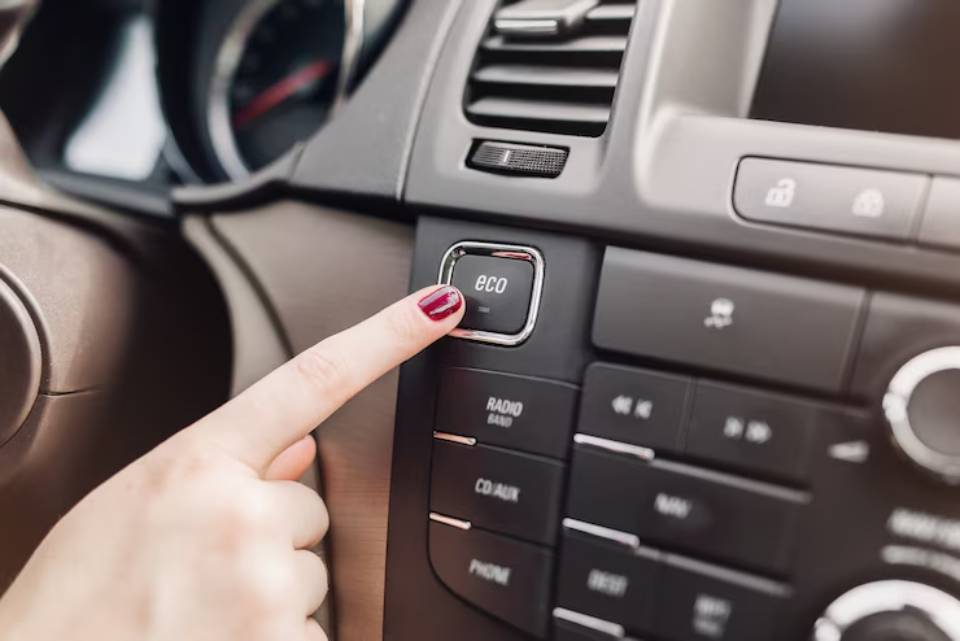
Most hybrids offer an “Eco” or “Energy Saver” HVAC mode. This:
- Lowers fan speed
- Reduces electrical load
- Optimises the system for minimal consumption
5. Use Recirculation Mode
Once the cabin is warm, switch to recirculated air to maintain warmth without pulling in freezing outside air.
Common Cabin Heating Issues in Hybrids — And What to Do
“My Heater Blows Cold Air”
This could be due to:
- Low engine coolant
- Air pockets in the coolant loop
- Faulty PTC heater or blown fuse
- The cabin air filter is clogged, restricting airflow
Fix: Check coolant level (when cold), replace filters, and inspect heating settings.
“Heating Only Works When the Engine Runs”
Likely means:
- Your hybrid relies primarily on engine coolant for heating
- Electric heating elements are malfunctioning
Fix: Schedule an inspection for the electric heating system or heater core functionality.
“The Cabin Takes Too Long to Heat Up”
This is often a normal trait in hybrids, especially when:
- Driving short distances
- Using electric-only mode
- Outside temperatures are below freezing
Tip: Use preconditioning or targeted heat features to compensate.
Maintaining Your Hybrid Cabin Heating System
Like everything else in your vehicle, proper maintenance keeps your heating system effective and efficient.
Regular Tasks to Keep on Top Of:
- Replace the cabin air filter every 12–15,000 miles
- Check coolant levels regularly
- Inspect for error messages on the dashboard relating to HVAC systems
- Have your HVAC system serviced annually, especially before winter
Routine maintenance also supports related systems like your inverter cooler, which can influence how well your car handles heat management overall.
To see how your heater fits into the broader HVAC system, check out understanding-hvac-systems-in-hybrid-cars.
Looking Ahead: Smarter Cabin Warming in Future Hybrids
As hybrid technology evolves, so does cabin climate tech. Expect to see:
- More efficient heat pumps with wider temperature range capability
- Infrared heating elements for rapid warmth
- AI-driven climate control that learns your preferences
- Solar-powered ventilation systems to preheat or cool while parked
Manufacturers know that comfort matters, so they’re investing in ways to make hybrid heating smarter, greener, and more intuitive.
Conclusion: Stay Warm, Stay Efficient
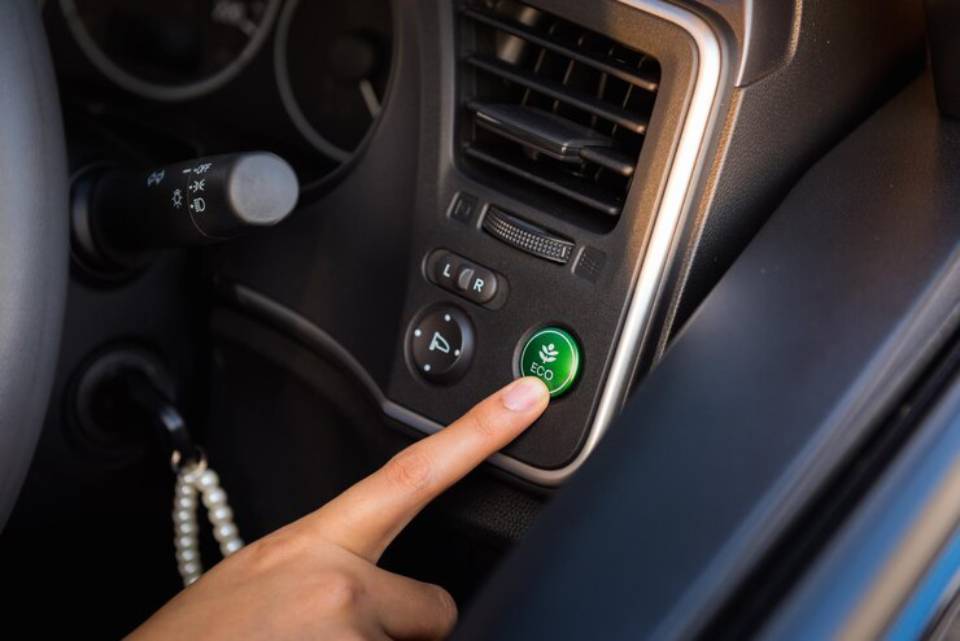
Heating your hybrid’s cabin is no longer just about turning a dial and waiting for warm air. It’s a balancing act between comfort and energy use, and understanding how it all works can make your winter drives far more enjoyable.
With smart use of features like preconditioning, seat heaters, and Eco HVAC modes, you can stay toasty without draining your battery or guzzling fuel. And by keeping up with maintenance and knowing what’s normal vs what’s not, you’ll avoid nasty surprises during cold spells.
So here’s your winter checklist: check your filters, inspect your coolant, and set your preconditioning timer — because a warm hybrid is a happy hybrid.
